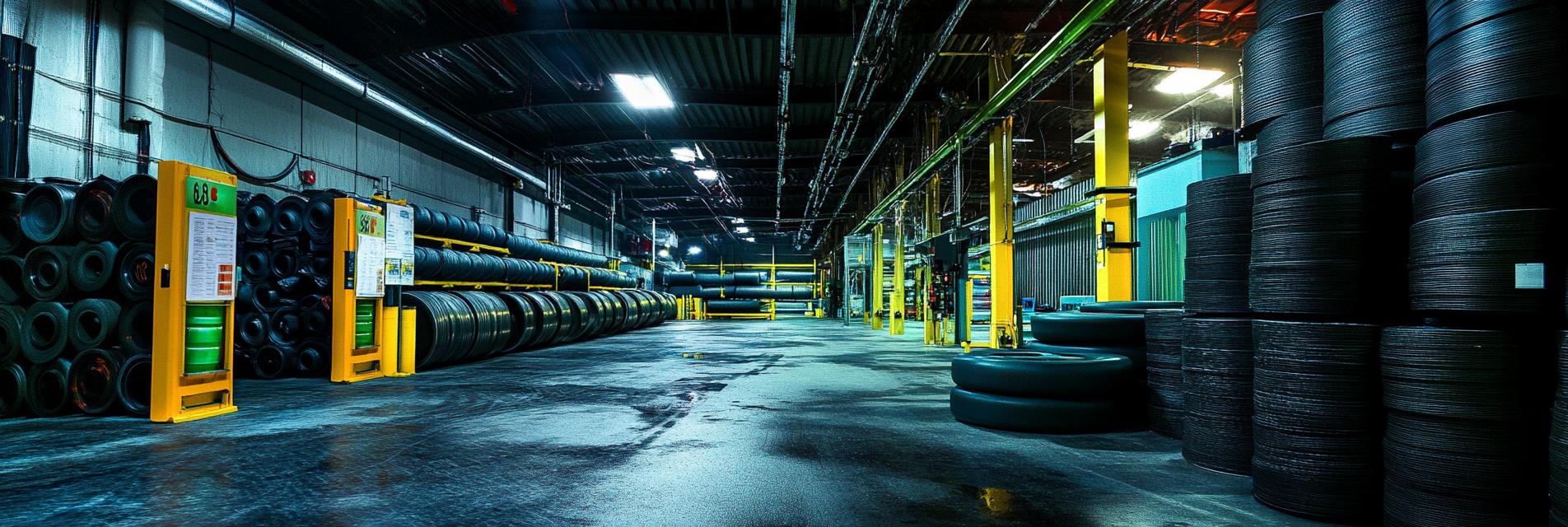Ah, rubber materials! The unsung heroes of flexible manufacturing, yet, they come with their own set of challenges during storage. As someone who has dabbled in the sticky world of rubber, I can't help but share a chuckle over the misadventures of rubber storage. Let's dive into the common problems and whip up some solutions like a rubber-band ball!
Temperature fluctuations can turn your rubber materials into grumpy gumdrops. Too hot, and they might melt into a puddle of disappointment; too cold, and they become as brittle as my friend Fred’s 10-year-old cellphone screen. The key is to store rubber in a temperature-controlled environment, ideally between 10°C to 30°C (50°F to 86°F).
Moisture is like that clingy friend who just doesn’t get the hint—too much and your rubber starts to degrade. An ideal humidity level is below 60%. Using dehumidifiers or silica gel packets can be a lifesaver. Trust me, your rubber will thank you!
Let’s not forget the harmful effects of UV light. Our beloved rubber materials can suffer the sun’s wrath if stored in direct sunlight. To avoid this, use opaque coverings or store rubber in shaded areas where the sun doesn’t shine.

Make a habit of checking your rubber inventory. Regular inspections help you catch any issues before they spiral out of control. A quick glance can save you from future headaches.
Consider using protective coatings specifically designed for rubber materials. These coatings can reduce the impact of moisture and UV exposure, allowing your rubber to stay in tip-top shape!
Lastly, educating your team about the importance of proper storage can’t be overstated. Knowledge is power, and well-informed staff can implement best practices that keep your rubber materials in prime condition!
In conclusion, the world of rubber storage is full of quirky challenges and hilarious mishaps. By understanding and addressing these issues with effective solutions, you can ensure your rubber materials remain as flexible and reliable as the day they were made. Happy storing!
